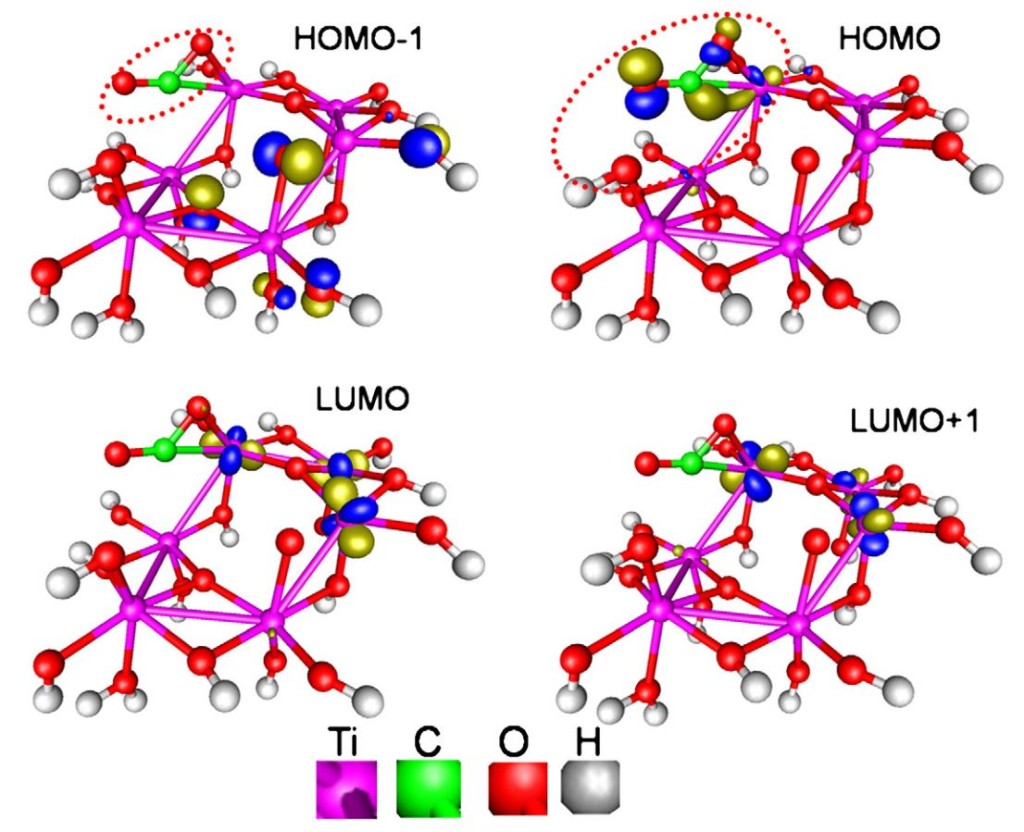Oxide Interfaces
Fichthorn, Janik, Liu, Sinnott, Sofo, van Duin
Research Highlights
Controlling the formation of intermetallic Pt3Pb at PZT/Pt interfaces
Reactions at oxide interfaces with gases and solutions are prevalent and critical throughout industrial catalysis, solar energy, and environmental chemistry. CoMET research addresses a range of issues surrounding metal-oxide interfaces. These include fundamental issues at the DFT level, applications of metal-oxide interfaces for catalysis, the development of high-fidelity force fields for describing oxide interfaces, and the application of cutting-edge force fields in molecular-dynamics simulations of oxide systems for catalysis, oxide thin-film growth, and solution-phase systems.
Outcome: The existence of a transition intermetallic phase, Pt3Pb, is observed experimentally at the lead titanate (PZT) interface with a platinum electrode using in-situ x-ray diffraction (XRD). Its existence depends on atmospheric conditions and temperature. The formation and disappearance of Pt3Pb is thought to be dominated by the diffusion of Pb atoms across the interface. Three interfacial models with point defects that correspond to changes in fabrication conditions are used to provide mechanistic insights into the factors that control the formation of Pt3Pb.
Impact: The density functional theory calculation results quantify how and why diffusion direction changes under different fabrication conditions.

Explanation: In a N2 atmosphere, the Pb atoms are predicted to diffuse from PZT to the metal at all temperatures, which explains why the Pt3Pb phase is always observed using XRD. In air, the Pb atoms are predicted to diffuse in different directions depending on temperature so that the Pt3Pb phase forms and disappears during crystallization. In an oxygen atmosphere, the Pb atoms are predicted to always remain with the PZT regardless of temperature, which explains why the Pt3Pb phase has never been observed with XRD.

